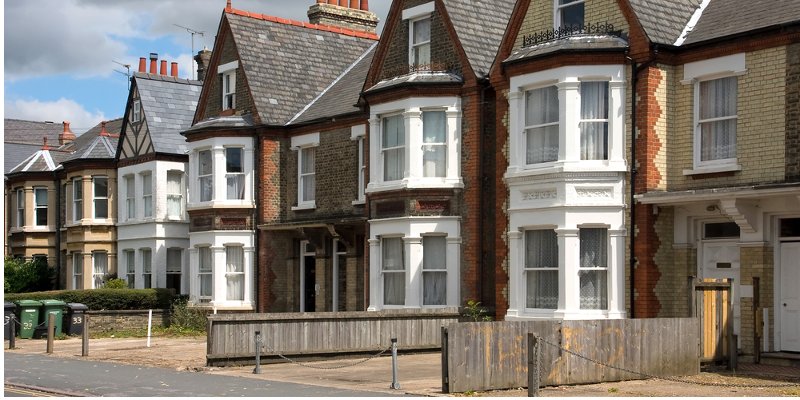Alongside this, the negative trends in agreed sales, prices and new instructions also all showed some signs of easing, at least at the headline level.

Thedeclininginterest of new buyers in purchasing homesshowed signs of stabilising May, after the Brexit deadline was pushed back to October, the RICS UK Residential Market Survey has found.
Alongside this, the negative trends in agreed sales, prices and new instructions also all showed some signs of easing, at least at the headline level.
Simon Rubinsohn, RICS chief economist, said: “Some comfort can be drawn from the results of the latest RICS survey as it suggests that the housing market in aggregate may be steading.
“However much of the anecdotal insight provided by respondents is still quite cautious, reflecting concerns about both the underlying political and economic climate.
“Another significant point made by respondents is that there continues to be considerable emphasis on the need for realistic pricing on the part of vendors, which while not a new story, is indicative of the ongoing challenges.
“Meanwhile the lettings numbers are a source for some concern with rental expectations beginning to accelerate.
“It remains to be seen whether the pick-up indicated in our data materialises but the deterioration in the net return for landlords certainly provides a reason why, as it is a possible outcome of recent changes in the tax treatment of buy-to-let investments.”
However, despite the slightly less negative sentiment in the market there is little anticipation this will be reflected in an increase in transactions anytime soon.
Sales expectations at the three month time horizon remained a little downbeat with a net balance of negative 14, and though expectations for the year ahead are more positive with a net balance of 14, only marginal improvement is expected.
Lack of stock is still an issue in the market with stock on agents books hitting a new low this month.
With regards to house prices, 10% more surveyors saw a fall rather than rise in May, compared to the April net balance figure of -22.
This would indicate a deceleration in the pace of price declines. The regional breakdown shows the South East now showing the weakest sentiment on price movements, as London appears to bounce back a little.
In the lettings market, tenant demand increased slightly for a fifth month in a row, non-seasonally adjusted data has showed.
At the same time, landlord instructions declined, a persistent theme over much of the past three years.
Given this imbalance, near term rental expectations are now more elevated than at any other point since May 2016, with rents seen rising across all regions/countries of the UK. This could also be partly to do with changes in the rental market with regard to fees, but that remains to be seen.
Benson Hersch, chief executive of the Association of Short Term Lenders, added: “It's little surprise that RICS has reported another month of subdued activity.
“Research from a comparison website this week said that a million people have delayed moving because of Brexit and the lack of liquidity in the market means that it is taking people longer to buy and sell homes. This can lead to broken chains and prove problematic for developers who need longer to market their properties.
“In this situation, fast and flexible short-term finance can prove an invaluable tool for brokers, helping their clients to keep transactions alive and investors to bridge this difficult period.
“Indeed, our own figures at the ASTL show that bridging loan applications totalled more than £5.96bn in the first quarter of this year, representing growth of 13.6% compared to Q4 2018 and an increase of 6.9% on the same quarter last year."



